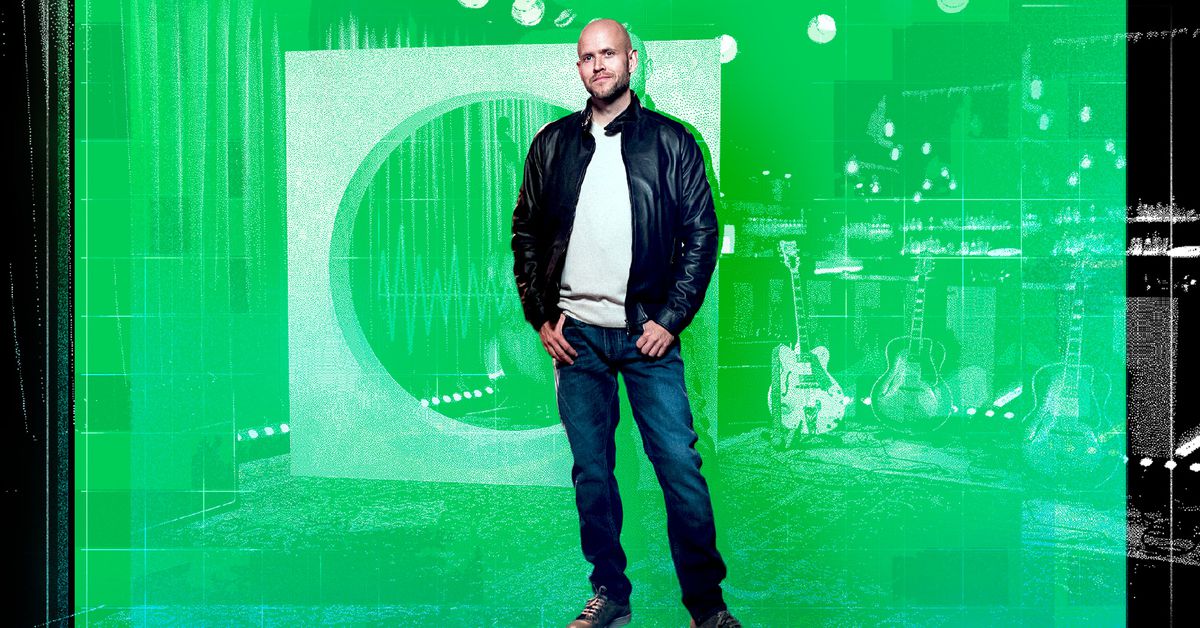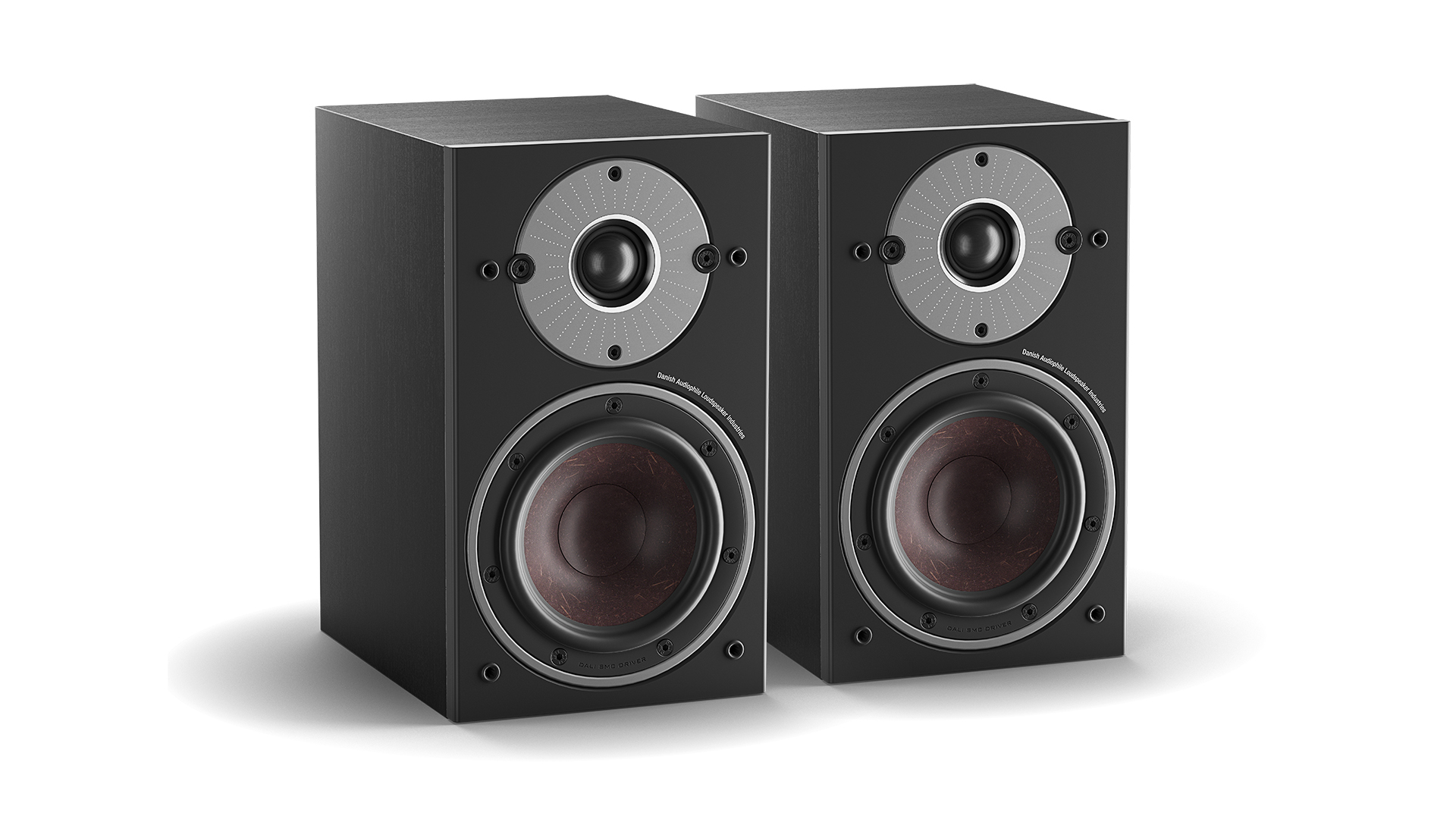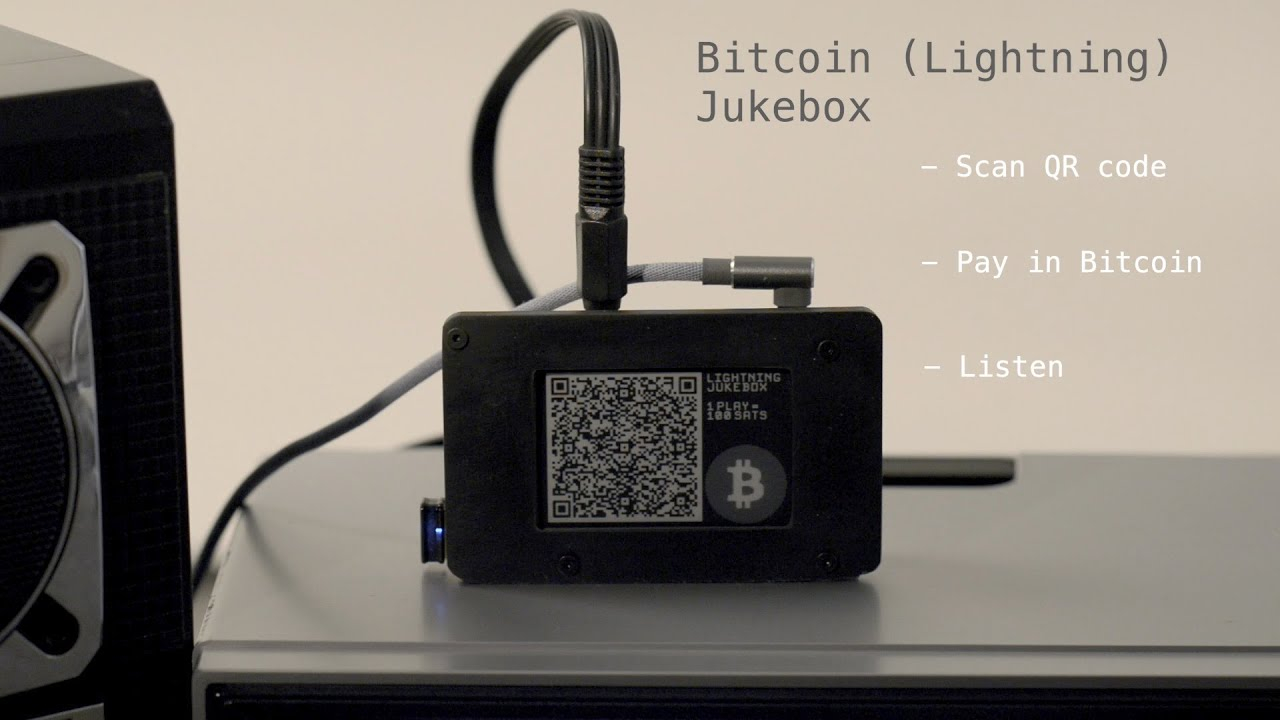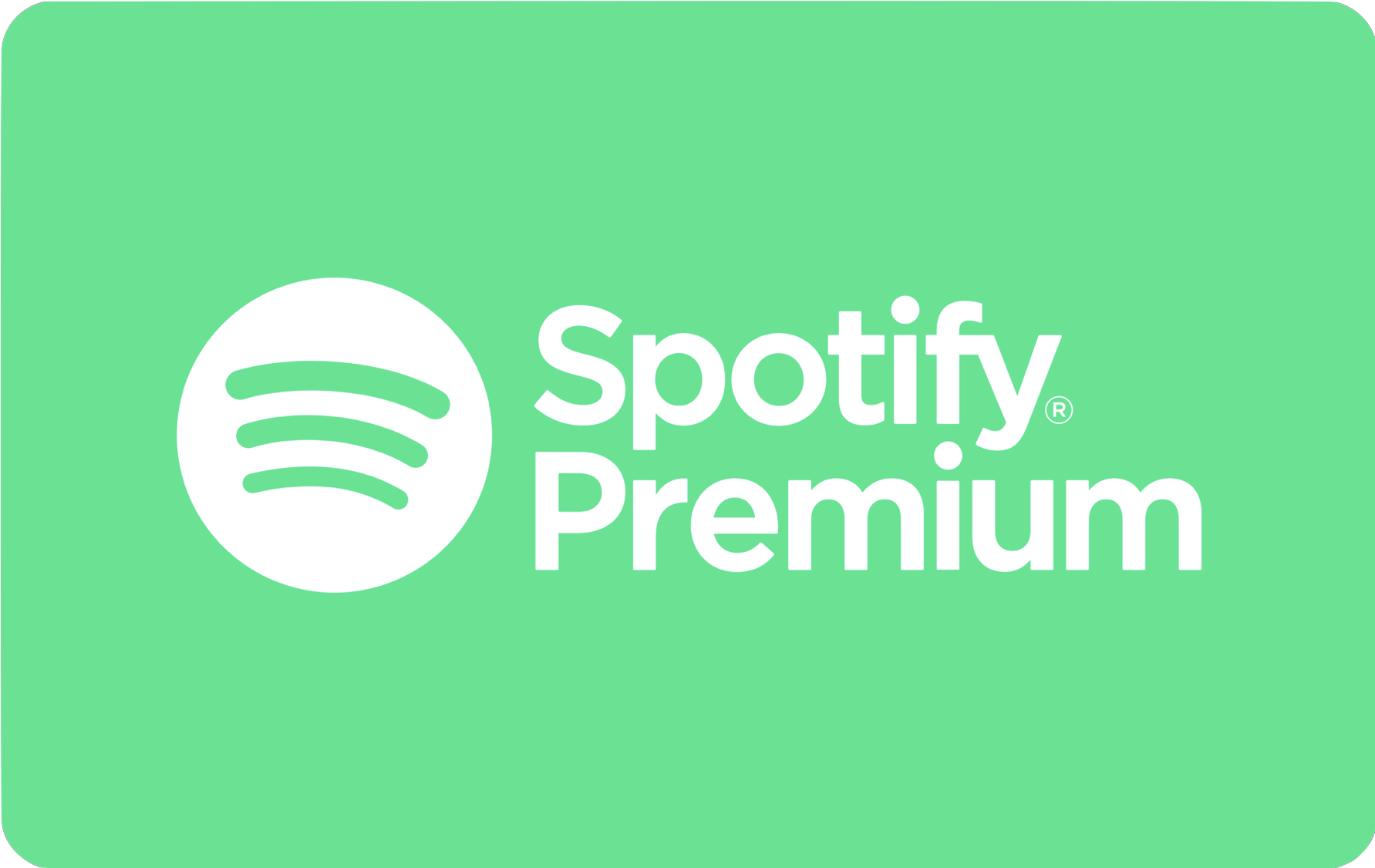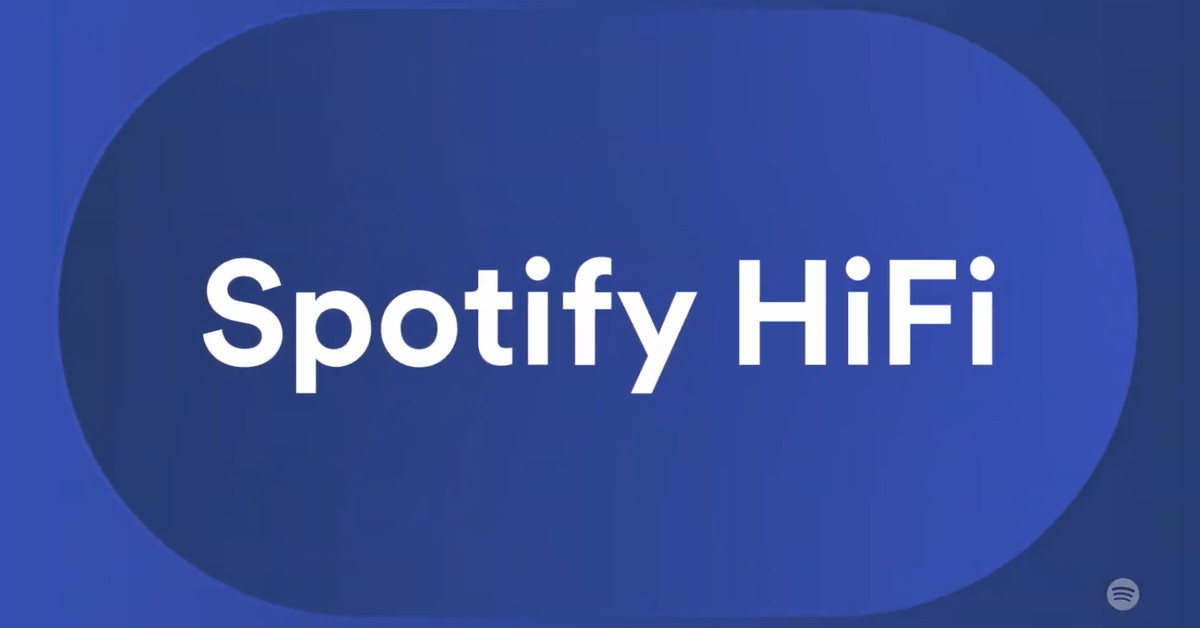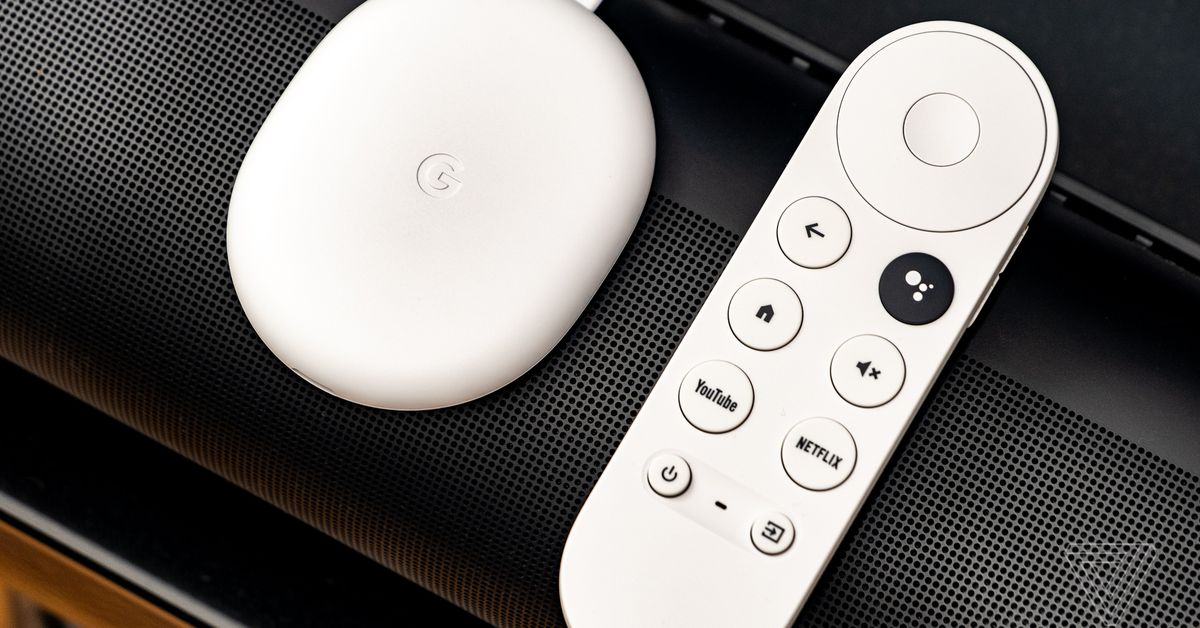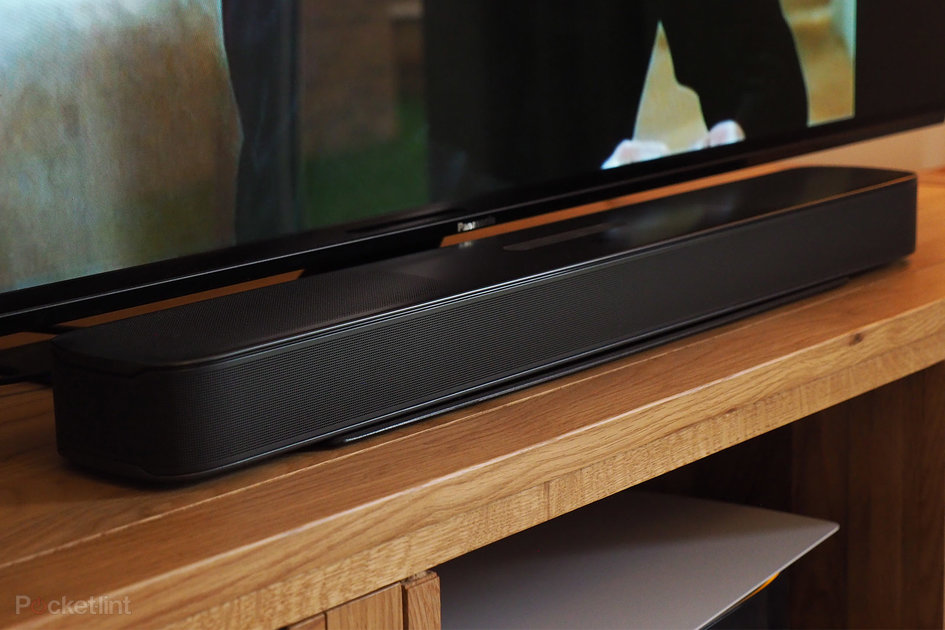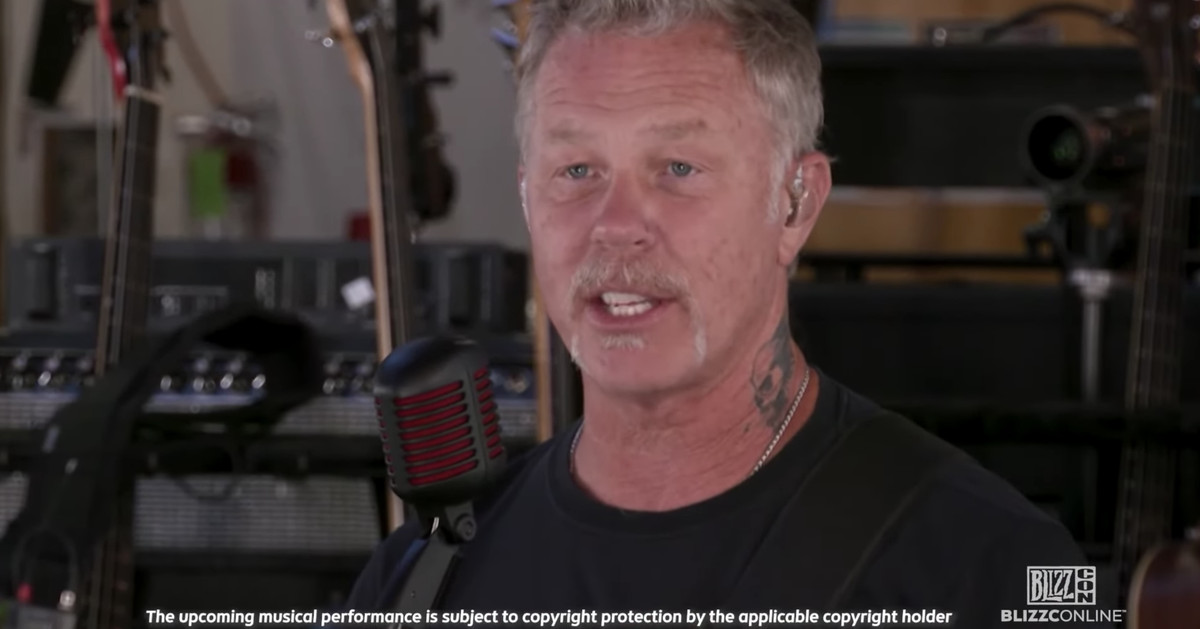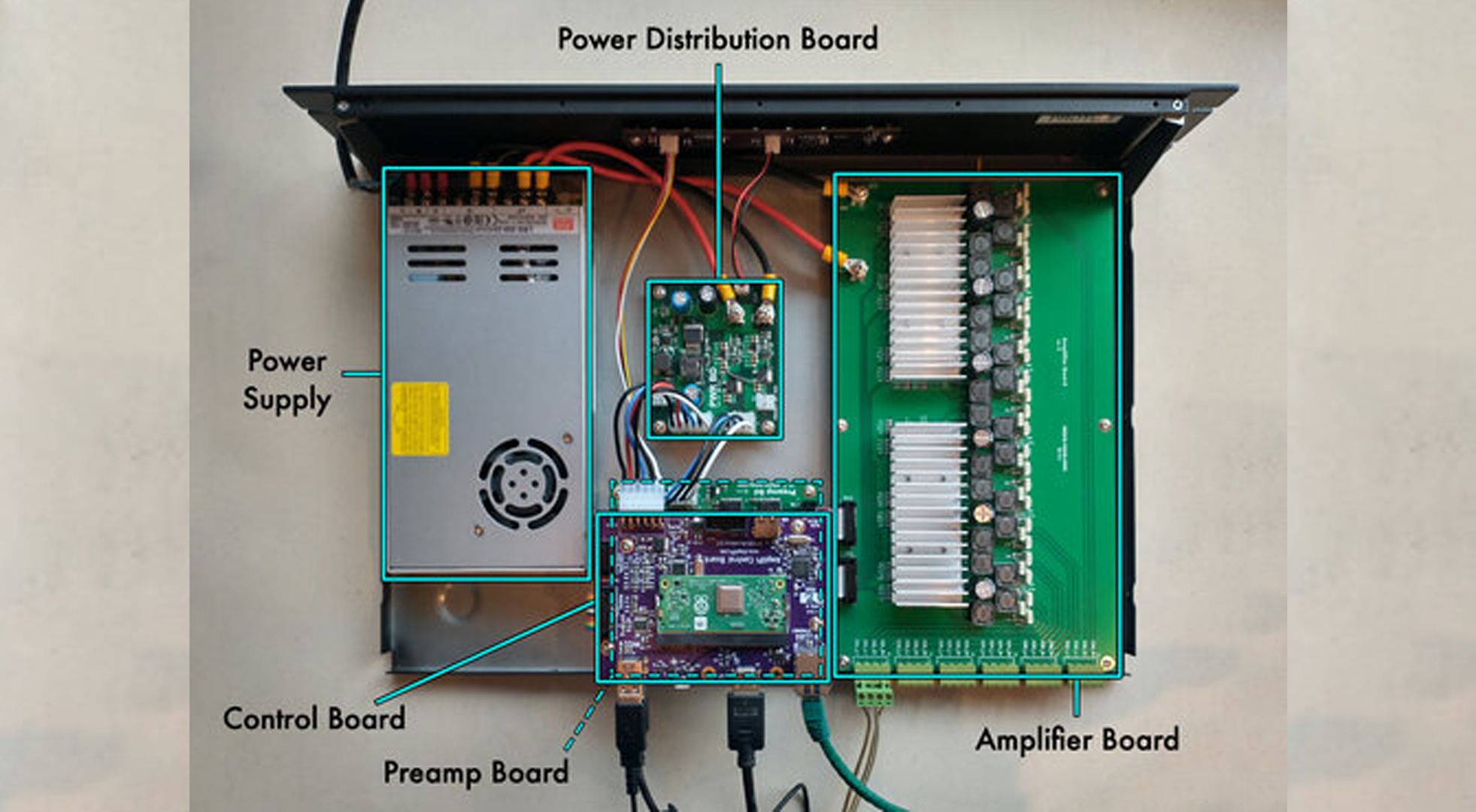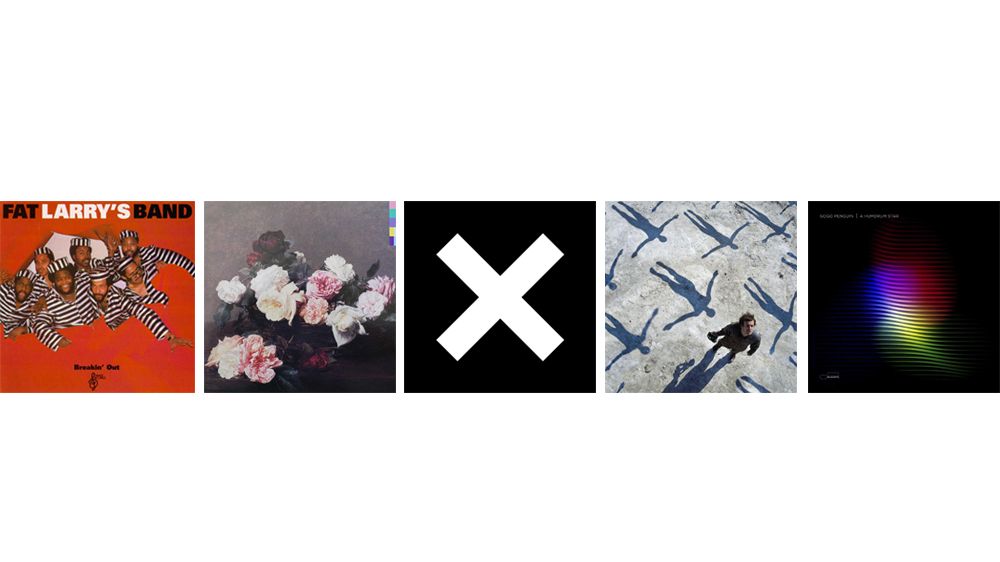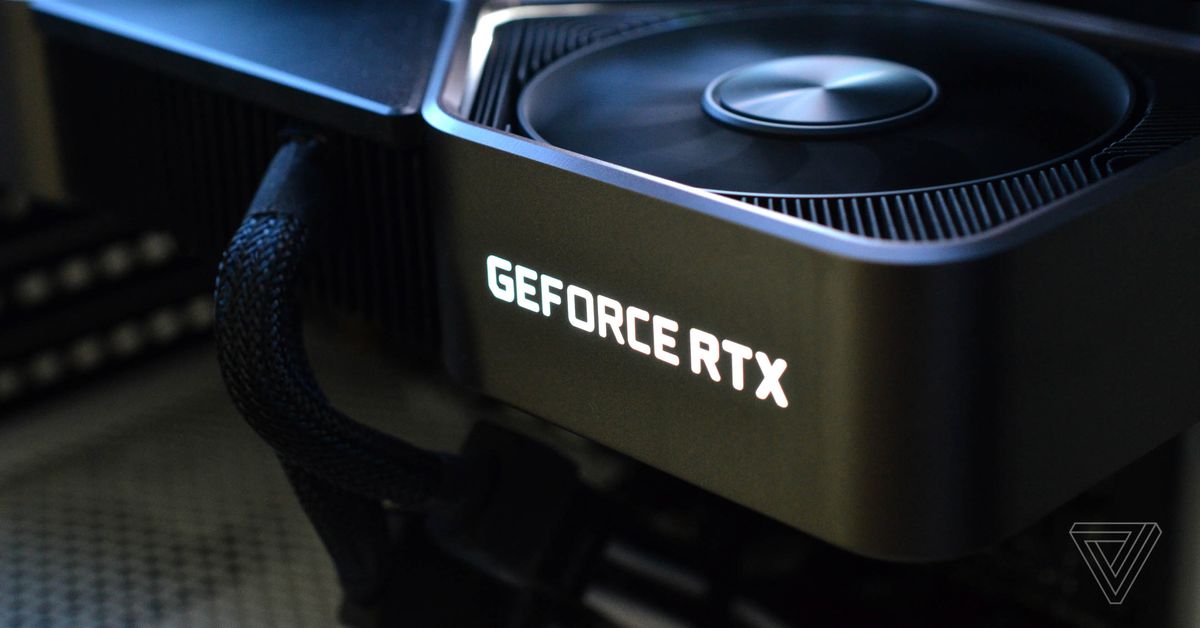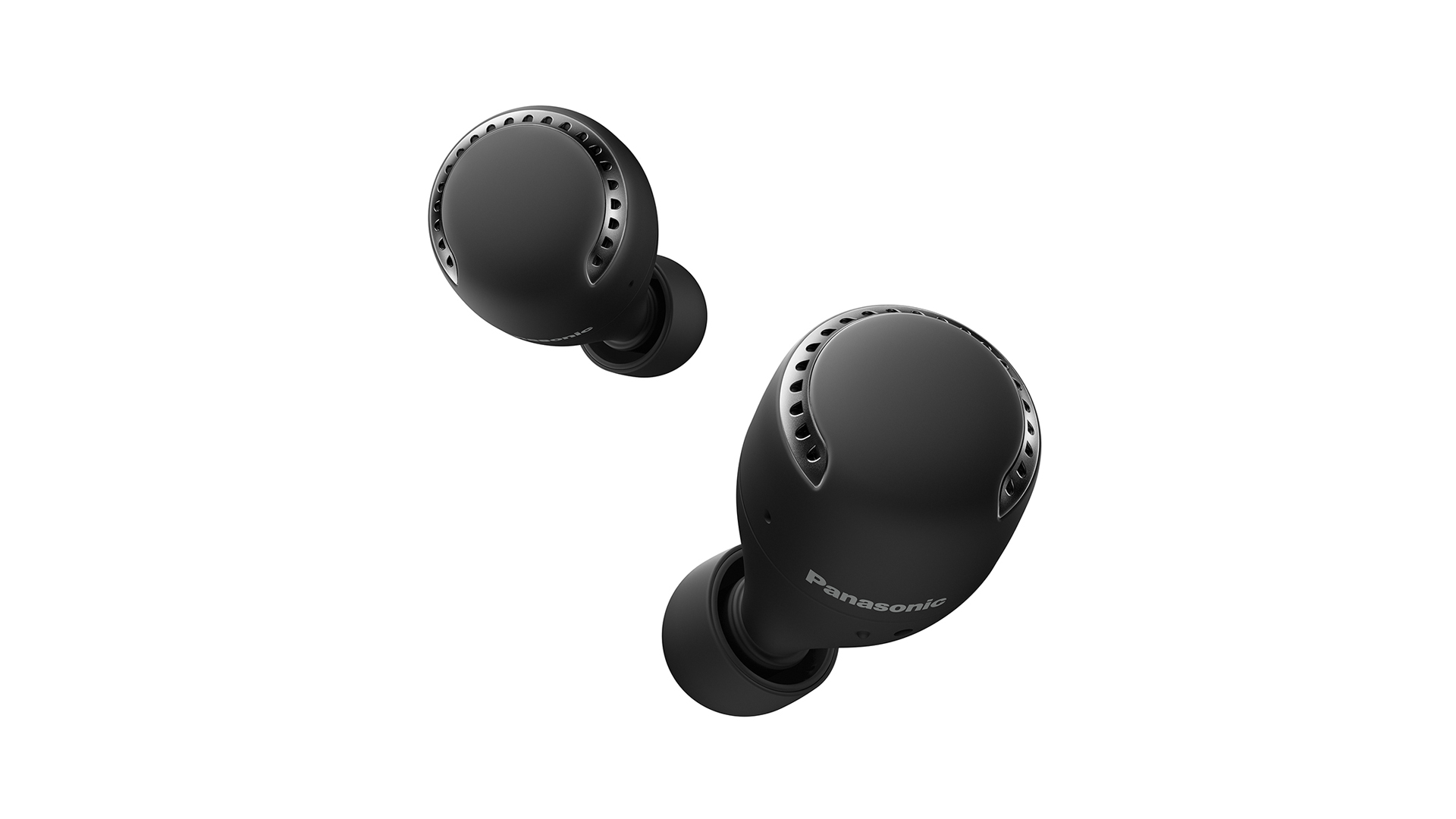Photo Illustration by Alex Castro | Photograph by Spotify
The company wants to be at the center of creator monetization
Spotify hosted an event on Monday to discuss its ambitions in audio, and one message came through loud and clear: the company wants to play a major role in helping creators make money.
During the 90-minute event, the company rattled through a series of announcements. It detailed a slew of new podcasts, including one featuring former President Barack Obama and rockstar Bruce Springsteen as co-hosts, as well as a full universe of DC Comics programming. It debuted an expanded podcast ad marketplace, bolstered by its Megaphone acquisition and Streaming Ad Insertion technology, along with a Hi-Fi subscription tier. And it teased new tools for podcasters to engage with their audiences and make money through subscriptions. Spotify obviously intends to make podcasting a real revenue driver.
But none of the announcements were groundbreaking for people in the industry. If anything, they demonstrated how far Spotify has yet to go. Crucially, Spotify announced that 7,500 musicians are making at least $100,000 per year through its platform, which isn’t much considering the service is available in 93 markets. Now, Spotify is trying to make the same pitch to podcasters as it did to musicians — that they’re all on the same side and share the same goals.
Spotify will both support its own shows and also host and sell ads for third-party programs, all with the stated goal of helping creators profit off their work. That seems like a tall order, and one that podcasters might hesitate to participate in, but Spotify CEO Daniel Ek says it’s critical to the company’s future. He tells The Verge that Spotify will incorporate a hybrid business model with three distinct parts. One will involve the typical user subscription revenue, another is advertising dollars through its podcast ad marketplace and music streaming ads, and the third is a la carte options, like helping musicians and podcasters sell merch, tour tickets, or even subscriptions to their own content.
“I think you’re going to see platforms making a distinction of not a one-size-fits-all, not just in terms of the creators or how they think about their audience, but really about how you can grow your audience, engage with them, turn them into fans, and then create new and important ways to monetize that fan base,” he says.
Following the event, The Verge chatted with Ek about the tension between launching Spotify’s own exclusive shows while also trying to sell ads, as well as how Spotify might help creators monetize. And yes, we asked about Clubhouse, too. You can read an edited version of the interview below.
Ashley Carman, senior reporter, The Verge: Today your team announced that 7,500 creators are making at least $100,000 per year on your platform. How does Spotify plan to grow that number?
Daniel Ek, CEO, Spotify: Long term, it’s really about — as I kind of outlined in the remarks, as well, during the event — we think the space is so much larger than most people realize, both in the amount of consumers that care, the minutes that will be spent in audio, and the amount of creators that ultimately will create content. So it’s in the billions of consumers, and we believe more than 50 million creators will create.
Obviously, not all of these [creators] are going to be able to support themselves full-time doing this, but our job is to create as many possibilities as possible for these creators to create, to grow, to engage, and to monetize with their fans. And I’ve talked about this in the past, but I think the future of Spotify, and really all successful media companies, is by allowing a multitude of different monetization models. In the past in the internet, you’ve seen platforms choose either to be ad-supported or to be subscription. In the future, I think you’re going to see ad-supported, subscription, and a la carte play key roles.
I think you’re going to see platforms making a distinction of not a one-size-fits-all, not just in terms of the creators or how they think about their audience, but really about how you can grow your audience, engage with them, turn them into fans, and then create new and important ways to monetize that fan base. How you monetize an average consumer the first time you have them listen to you is going to be very different than how you monetize one of your super fans. And in that future, I think Spotify will recognize all of those different abilities and allow the creator to find the best ways to monetize their fan base based on both their ability and how they think about sustaining their creative endeavors.
What timeline are you thinking about this on? Five years? Ten years?
It’s really a long, long-term goal, but the way I think about the world is really, if you think over the next 10 years for certain, what’s now radio is going to collapse and move from a linear space to an on-demand space. And all of those minutes spent, and we’re talking two to three hours a day of the average American, just to name one example, is now going to move online.
When you look at that space, which I think is just really, really interesting, all of audio as a category will grow — not just the minutes spent, but I think monetization, too — when you bring infinite level sophistication to it. So the targeting that you can imagine, the types of interactivity features you can create, and the types of monetization you can enable by having both ad-supported subscription and pay wall, so it’s really kind of the next decade that I think this will play out.
And that’s where I think we’re in this race to try to get as many people as possible to convert into streaming on demand and hopefully choose Spotify as their preferred platform.
Some musicians argue that streaming devalues their work while podcasters see the industry as not needing to be fixed or changed. How do you plan to keep the narrative positive and not like a corporate behemoth entering the space?
Community management is going to be one of the most critical things, but honestly this is part of the reason why we wanted to put this event out. Because what we realized is that we’re no longer this kind of small startup from Sweden. We’re in fact a very, very important platform for a lot of these audio creators. So rather than just telling everyone about everything that we’ve already released and then explaining them one by one, we wanted to create a narrative story that tells people about where we’re going and why we’re going there.
So I think this is exactly the type of reason why we wanted to have the event that we’re having today, and I think so much of this is going to be solved by constant communication and by also experimenting and being clear when we are experimenting. You saw that today, too. A lot of the features that we released are really tests and experiments, and the reason isn’t because we’re not committing to rolling it out if it’s successful, but it is because we want the feedback from the community so that we can iterate and improve and hopefully create something that better suits their needs and methods. So we’re really kind of changing our way of working in order to invite more of the creative ecosystem to give feedback and help us iterate and improve.
Spotify has focused a lot on launching platform-exclusive podcasts. What are the metrics of success for an exclusive show?
We have a number of different metrics that we’re internally looking at evaluating the success of this, but a huge part of it is just around can we create an awareness, can we create an audience for a creator that rivals the one that they would have been able to [make] on their own? And I think so far, we’re obviously early in our sort of exclusive efforts, but what we’re seeing is it’s very rewarding.
We are seeing that people are in fact tuning into Spotify, even though there was a creator maybe available in some other outlets before, as evidenced, for instance, by Joe Rogan being the number one podcaster on Spotify. And as they’re engaging, they’re finding more and more other podcasters, as well. And so the average listener on Spotify is now listening to a lot more podcasters than they were doing before, so that’s helping both the creator, and the consumer, and the whole creative ecosystem, as well. So we’re looking at a number of different KPIs (key performance indicators) to kind of evaluate if this is working or not, but ultimately, it’s all about creator retention and user retention. Those are the most important metrics that we track.
Are you concerned with whether you can convert listeners to paid subscribers through the exclusives?
No, not really. What I can tell you from 15 years of doing this now is, if we start with music, the reality is there wasn’t too many people that woke up in the morning thinking, “I’m going to find a music streaming subscription service to subscribe to.” That just wasn’t the case. But there were a lot of people that were looking for how can I listen to music? That turned out to be a very good amount of people.
And what we found is that as they got into Spotify and started listening, because of the platform, and because of the features, and because of the recommendations that we were offering, people started engaging a lot more. So the number of people that, from the beginning, said, “I’m never, ever going to pay for music,” because they may have come from a pirate environment that then slowly turned into, “This is just an amazing service. I’m getting so much value out of this. It’s a no-brainer to start paying.’”
My point by telling that story is that what we found so many times before is that the more people engaged, the more likely they are to pay. And the same is true with music as it is with podcasts, too. It’s really all about getting them onto the platform and starting to expose them to this entire ecosystem of creators and amazing content that we have on the platform. And once that happens, we know people eventually will convert into paying customers.
Spotify also debuted its podcast ad marketplace today, so I’m wondering how exclusives play into that. Exclusives seem to go against the point of ads — brands want to reach the largest audience possible. How might you make choices about keeping something exclusive versus letting it reach as many people as possible?
I think, overall, the main trade-off as a company is we’re all focused on growth, and growth is a function of engagement, the retention part that I talked about. So we monitor those metrics meticulously, and we’re looking at it for every single piece of content that we have on the platform and every single consumer we have on the platform, and just on an hourly basis modeling that, looking at that.
The answer, however, may be unintuitive, but I still want to share it which is, in the end, I think this whole notion about what is ads and what’s subscription, and the fact that when you look back on the internet there was this division. I just don’t believe that’s going to be true in the future. Think about television. It used to be the same way. You had broadcasting that only had ads and then you had cable that was the only subscription, but the reality is it converged because it turned out that the better consumer experience was the combination of both, and I think you’re going to find that into the future of the internet, too, is that we can deliver a great user experience with both advertising and subscription, and I think the future for us is both and a la carte, as well. So it’s really kind of three models, and that’s when you bring to bear the entire opportunity of the internet, I think, for monetizing that content.
So you don’t worry about turning off premium, paying users by having ads in your Spotify podcasts?
We’re constantly monitoring it, but I don’t think you should view it as we’re having ads or we have no ads. I think the future may be that some consumers don’t mind ads and would rather have that as something, and some people may not enjoy ads a lot. Our ad system should be able to realize that and be able to serve ads depending on who’s engaging with that content and what their propensity is to engage with that advertising, as well. And I think you’re going to see lots of different ways to monetize, I guess is what I’m trying to say.
Social audio, specifically Clubhouse, is super buzzy right now. What are your thoughts on it? Is it something Spotify would ever consider building into the app?
I think that there’s a number of different elements of what social audio or Clubhouse even is. So I think on the one end, you’re seeing the interaction between two or more people talking, and obviously if you think about podcasts today, that’s typically the format that’s working pretty well there, too. So I’m not surprised that that’s working.
I’m also not surprised that social features, users to users interacting with each other, are working. So it is an interesting space, and it’s definitely something that we’re keeping an eye on. Long-term, though, I think the broader shift that has been true with the internet has been most of the hours of consumption, we believe, will be moving from linear to on-demand. Meaning consumers should be able to consume whatever content that they want on their terms and not necessarily be beholden to someone else’s schedule. So I think it’s a really interesting format from a creation perspective, but I suspect that from the consumption perspective, most of the time consumed will still be on-demand which is what Spotify is known for today.
Do you worry about Clubhouse taking people away from the time they typically listened to podcasts?
Andy Grove, the [former] CEO of Intel, said 30 years ago, “Only the paranoid survive,” and it’s definitely something that I think he was right in assuming. But I’m paying as much attention to Clubhouse as I am looking at Fortnite, or Minecraft, or Roblox. All forms of media and entertainment is minutes that could have been spent listening to audio instead. So we’re definitely paying attention to it.
We’ve talked a lot about the creator side of things, but I want to focus on the listeners. Much of Spotify’s strategy is dependent on their data. How do you think about communicating with listeners to explain how you use their data? Do you worry about a pushback?
Obviously that’s super important for us, and being a European company with its roots in Europe, too, GDPR is a massive thing here in Europe, and so we take user’s privacy very, very seriously. It’s obviously something that we constantly think about as we’re evolving our data products, both to consumers but also to advertiser partners, and I think you will see that we’re very, very careful about how we’re using our users’ data in every aspect that we’re doing and conducting business.
Spotify announced its Hi-Fi subscription tier today with hardware partnerships to come. Amazon is making moves in the podcast space, and Apple is already established. Both those companies also offer hardware for audio playback. Is hardware something you think Spotify will need to invest in on its own?
We have something internally that we call the Ubiquity Strategy, and what you saw me talking about today is the fact that we have 2,000 [hardware] partnerships now, and, in fact, because of this network of creators that we now have — 8 million — and all the exclusive content we have, we’re seeing great success on the Google Home speakers, and the Alexa devices, Sonos, Sony PlayStation, GM cars, and just the breadth and wealth of this.
I would have been a lot more concerned if consumers were locked into just one ecosystem. If it was just an Apple, or just a Google, or just an Amazon that kind of owned the consumer across their entire ecosystem. That is a very concerning development, if it were to be true. But I think the good news is what we’re finding is that while Apple, for instance, is very strong on mobiles in many markets, we’re finding Amazon is very strong in their homes, and most of the cars today are being built on Android Auto, which is Google’s ecosystem. And the one thing that is true about Spotify is we play nice on all of them, and I believe we’re the only player that has that relationship where we’re now on 2,000 devices, and we play nice on all of them.
And that’s been our strategy from day one, and I think that would be very hard-pressed to do if we were also a hardware maker. So we think about the experience. We think about ubiquity, and we want to be everywhere where our consumers are.
